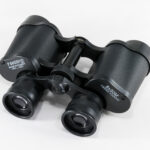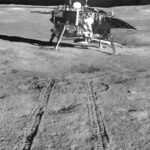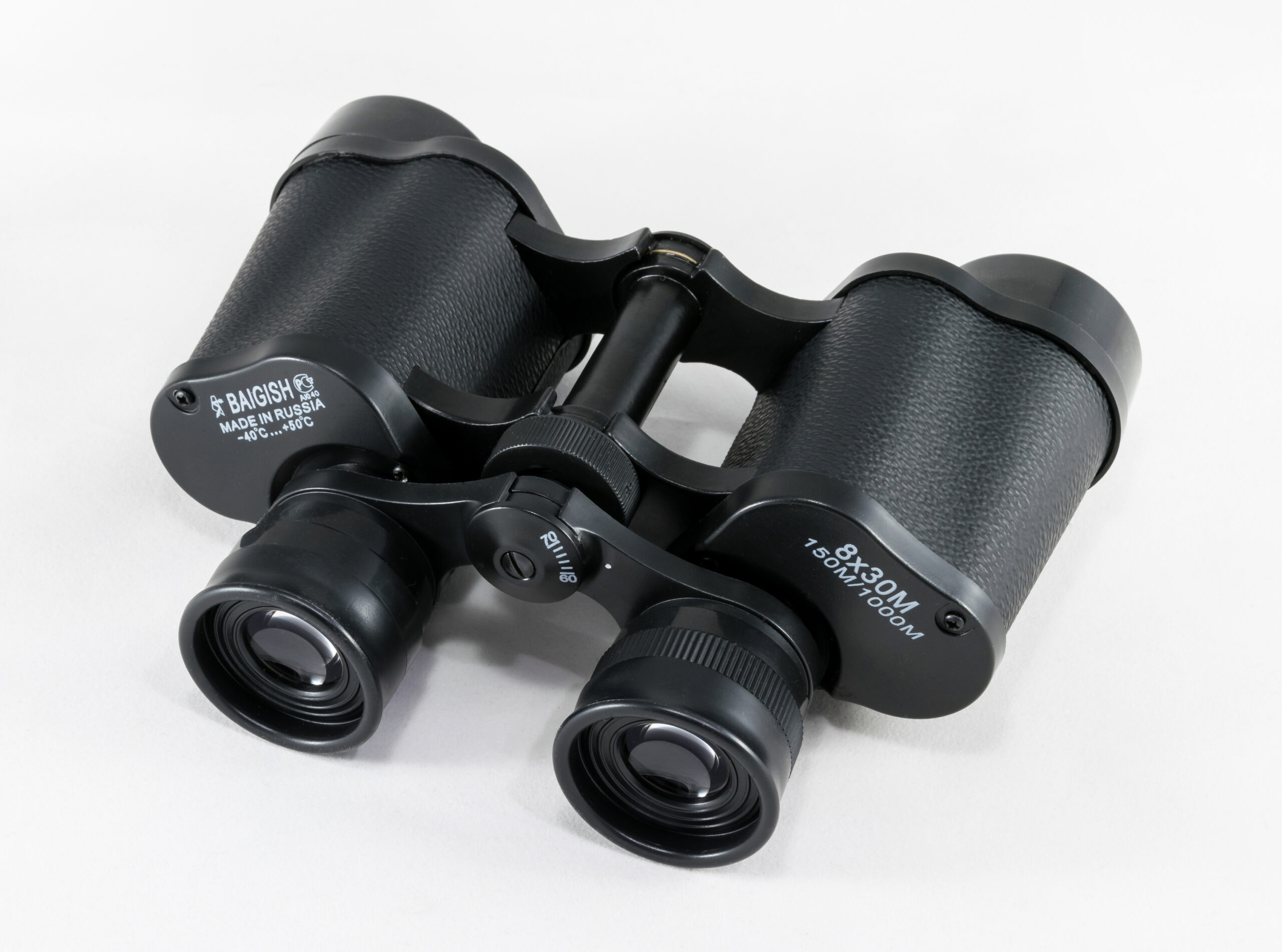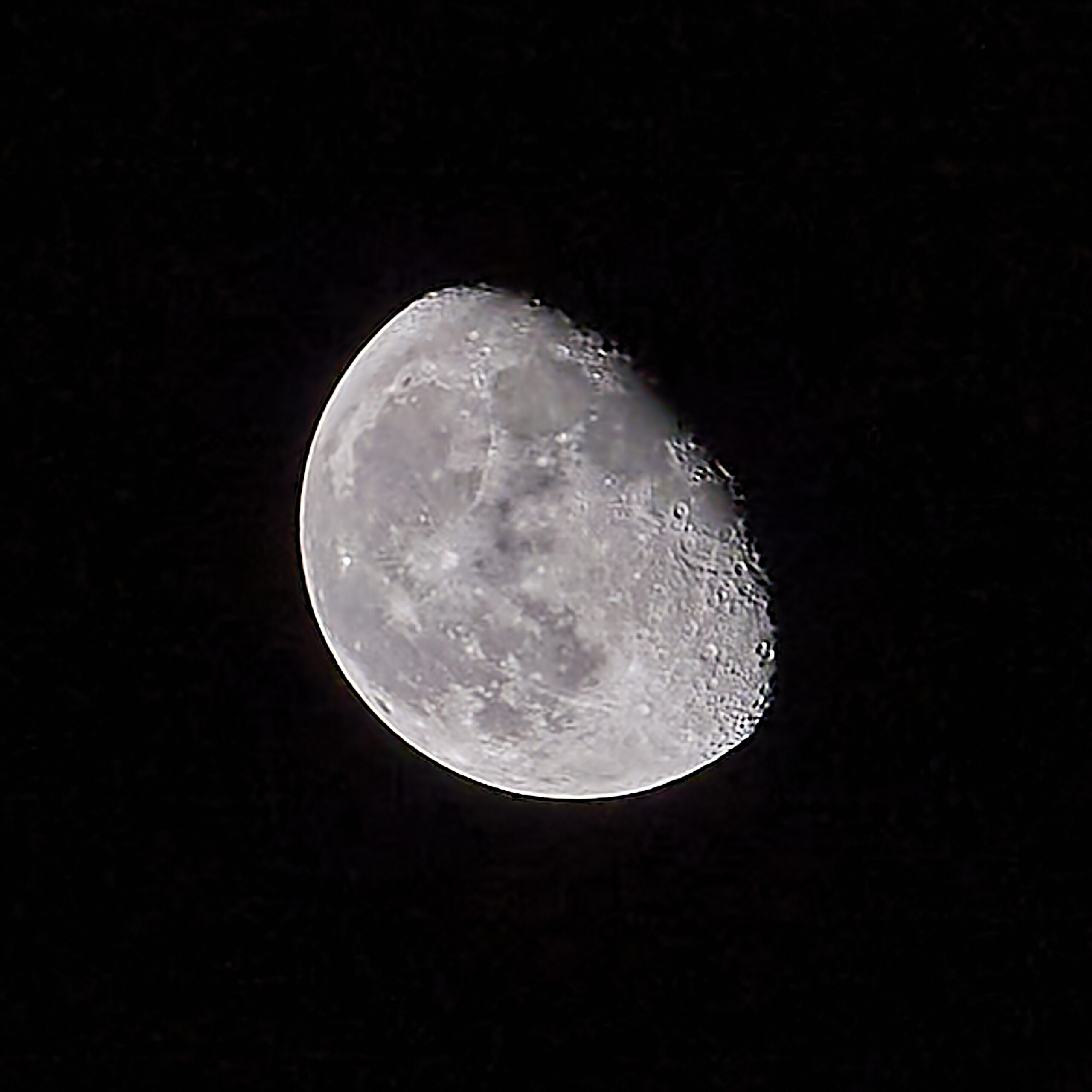In this post we will look at The Big Dipper and it’s various asterisms and pointers in the night sky. This asterism is easily defined and can be easily found. Once found you will never forget it.
Some objects mentioned may only be seen by people with binoculars, but they will be few. I will also concentrate on the northern hemisphere as that is what I most familiar with. The basics for exploring the night sky in the southern hemisphere is just the same as the north but the constellations are different. You would be best joining an astronomical society and learn the constellations with them. I would also assume that you have a planisphere or a star atlas showing the brighter stars. So let’s get started on Exploring the Night Sky.
Let’s look at the Big Dipper and the North Star.

The Big Dipper (part of the constellation of Ursa Major) showing pointers to the Pole Star, or Polaris.

Dark Sky picture of the Big Dipper part of the Ursa Major constellation
The Big Dipper is what is called an asterism, meaning that a group of stars within a constellation, or part of another, will form a visible pointer to another object in the night sky. The Big Dipper is formed from the seven brightest stars from the constellation The Great Bear, or URSA Major as it is referred to. This constellation is circumpolar, which means it’s above the horizon all the time but not visible during the day.
The Big Dipper, or the Plough, Charles Wain or the Wagon or any other name you know it by, is made up of seven bright stars in the shape of a dipper pan. These stars are bright so are easily visible on most nights.
At the end of the asterism there are two bright stars.named Dubhe and Merak. Both of these stars are pointers and are used as the international pointers to the North Star or Pole Star. This star is almost true north, or the center of which all the stars circle the sky. But it’s not quite centered at the pole. It is about half a degree off. Now this may not be a problem you say, and it is not for general stargazing, but if you ever decide to do astrophotography this is very important. But that is for another post.
The Big Dipper and Cassiopeia

Map view of how to find Cassiopeia

Dark sky view of Cassiopeia
Now we have found the Big Dipper and the North Star we can now find our second constellation, Cassiopeia. Cassiopeia was the mother of Andromeda but we will talk about Andromeda at a later date.
The constellation Cassiopeia is also an asterism and constellation and the Milky Way runs through it. Those at a dark site will have a marvelous view of the Milky Way. But those with binoculars will find some wonderful views. The prominent view of Cassiopeia is of a ‘W’ with the open side of the ‘W’ pointing at the North Star.
Cassiopeia is located in the northern sky and is visible all the year round for those living above 34 degrees north. All the stars in the ‘W’ appear the same brightness but this can be deceptive. If one watches these stars on a very regular basis you will notice that some do appear to fade or brighten. These types of stars are called Variables and some amateur astronomers become very serious variable star observers by recording their observations and sending them to either the American Association of Variable Star Observer, AAVSO or VSS in the UK. But I will talk about Variable Star Observing in another post. But feel welcome to read up on it.
The Big Dipper, Arcturus and Bootes

Sky Map of Bootes and Arcturus.

Dark sky photograph of Bootes with outline of the constellation. Arcturus is the red/orange star middle top
To find the star Arcturus we return to The Big Dipper and, using the handle of The Dipper, we follow an arc away from the north until we come to a bright orange star. This star is Arcturus and is the second brightest star in the night sky. Arcturus is the main star of the constellation of Bootes. The constellation is dominated by a diamond – shaped asterism or ‘Kite’ as it sometimes called. The ‘Kite’ is also referred to as the ‘Spring Triangle’.
Arcturus is 37.7 light years away, with one light year being the distance light travels in one year. Light takes one second to travel 300,000km. I’ll let you do the math. We are seeing Arcturus as it was 37.7 years ago or when the unfortunate Space Shuttle Challenger disaster happened.
Arcturus is an aging star about 7.1 billion years old, nearly twice the age of our sun. It has the same mass as our sun but has expanded to about 25 times its original size to a diameter of 35 million kilometers.
The Big Dipper, Regulus and Leo
Sky Map of the constellation of Leo.

Dark Sky photograph of the constellation Leo. The bright ‘star’ below is the planet Jupiter.
For our final look at the Big Dipper and its pointers and asterisms we are going back to the Big Dipper. Find the bowl of the dipper using the two stars nearest the handle down and you will arrive at the blue-white star which is Regulus in the constellation of Leo. Regulus is also one of the brightest stars in the sky. Regulus lies 79 light years, so we are seeing it as it was towards the end of the Second World War.
Although Leo is best seen in late winter and spring. Regulus itself appears all night except for a period of one month when it is too close to the Sun for observation.
If you look at Regulus and see five dimmer stars all making the appearance of a ‘?’. This asterism is sometimes called the ‘Sickle’ and marks the head of Leo.
Conclusion on our visit to The Big Dipper
I feel that the best thing that has come out of this post is that the sky is much easier to navigate than what we first thought. The sky is full of these pointers and asterisms to other constellation and other deep sky objects. We shall cover more of these in later posts
Before the days of ‘Goto’ telescopes, which are basically a telescope that is connected to a computer which has a huge database of stars and deep sky objects. When you type in an object you wish to view it automatically slews the telescope to the point in the sky where the object is, the amateur astronomer had to know the night sky well. To do this he learnt his constellations and learnt the pointers and asterisms. He then knew where to find the object he wished to view. Either by telescope or binoculars. He used a method called ‘Star hopping’ and this is what we have started doing on this page
So, go outside with your eyes or binoculars and find the objects that we have discussed above.
Clear Skies
Dave






